Should a Vapor Barrier be installed over Exterior Grade Plywood?
I have a 40 year old cottage in the Kawarthas. It has exterior grade Plywood. The walls are insulated with traditional Fiberglass Pink. I will be putting solid 3/4" wood siding over top of the exterior walls. I plan on strapping the cottage with 1" x 2" and filling the gaps with 1" of Rigid Foam insulation. In the future I may add A/C to the cottage. Do you believe a Vapor Barrier to be necessary? Thank-you Michael
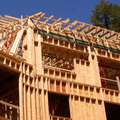

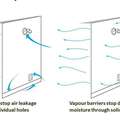
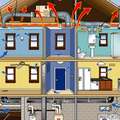
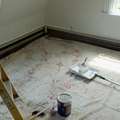

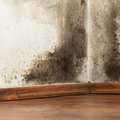

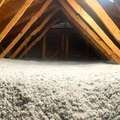
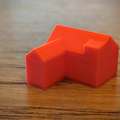






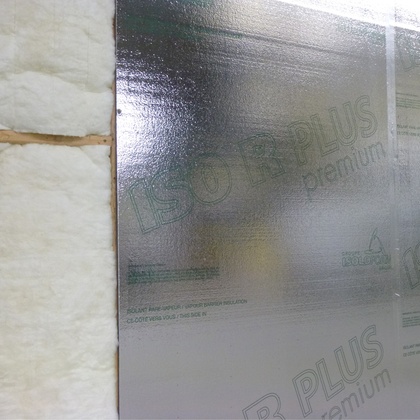
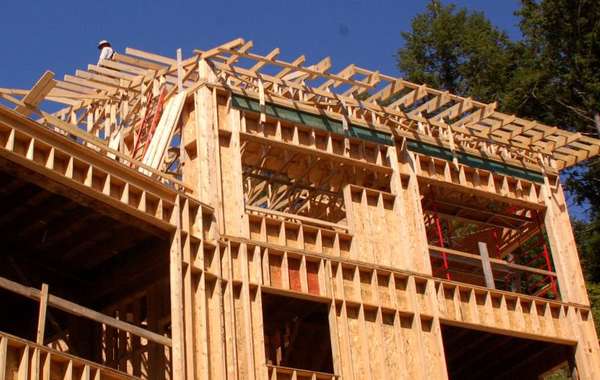
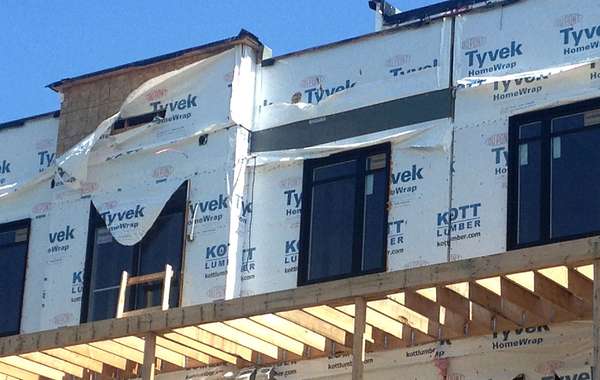
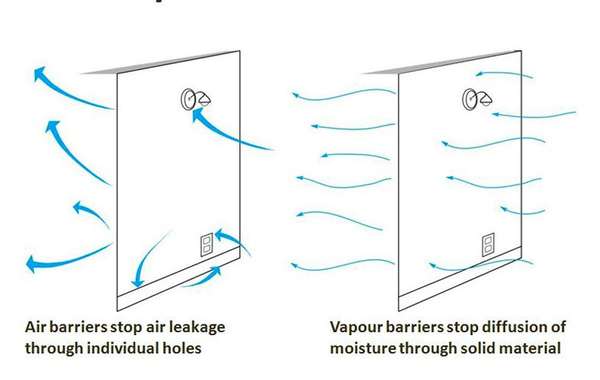
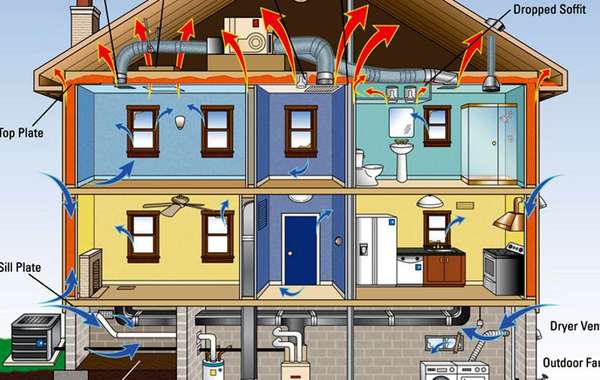
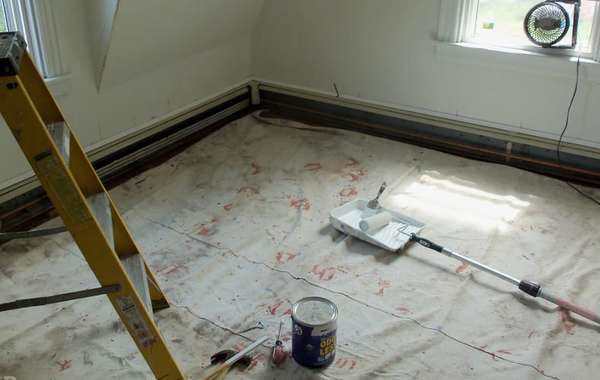
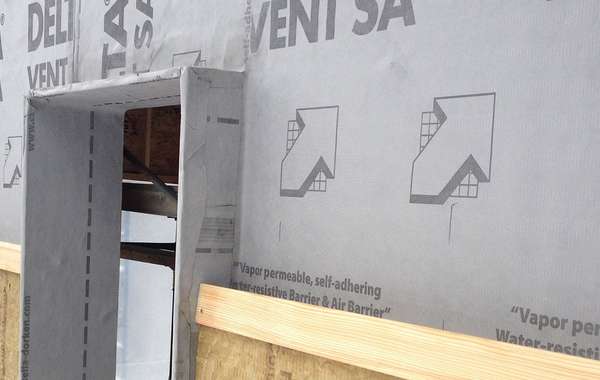
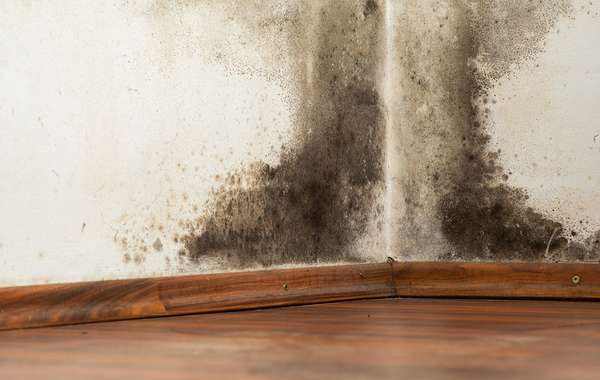
Vapor barriers can be a problem with homes that are air conditioned, because it reverses the vapor drive. When it is hot and humid, that warm moist air can find its way through a wall assembly until it reaches the cool vapour barrier, where it is at risk of condensing. You definitely need some form or vapor barrier or vapor retarder, perhaps a ‘smart’ membrane. The following video explains fairly simply how vapor moves through walls and will help you understand the issue.
Building science for LEED v4 wall design made easy - Video
The problem with air conditioning and interior vapor barriers like you would need in the Kawartha’s (Ontario), can be alleviated if you don’t run it down to bone chilling levels. The reality is that all homes in Canada need vapor protection on the warm side of insulation, and almost all new homes now have A/C, but it’s still not a great idea. I would just be sparing with the A/C is all, drop it to a comfortable level when necessary, just don’t set your thermostat at 17C and walk around in a parka.
There is a bigger issue here though, the way you describe your intended wall assembly is not right. Filling the gaps between strapping will prevent water from draining as well as air flow to remove humidity. The point of the strapping (furring strips) is to CREATE a gap, so don’t fill it! Here is our page on how to install siding so walls can dry, that will clearly explain, and if you have any more questions let us know. Hope that helps!